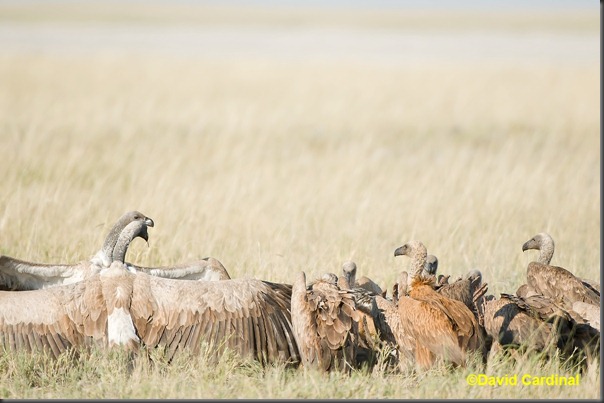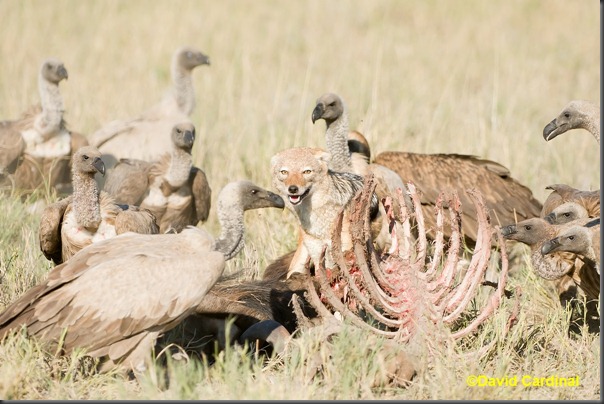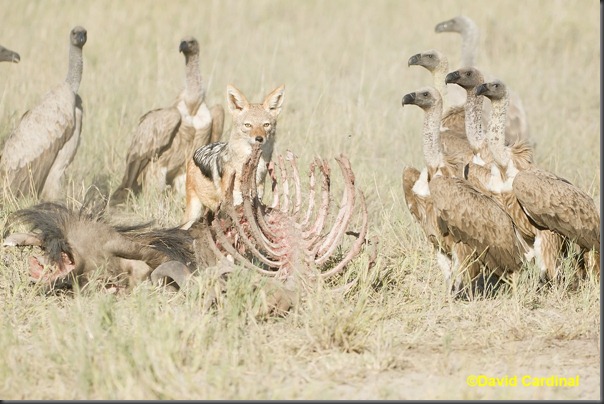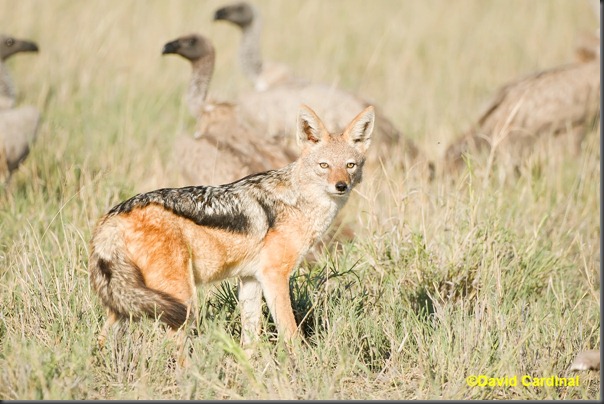- Photo Safaris
- Alaska Bears & Puffins World's best Alaskan Coastal Brown Bear photo experience. Small group size, idyllic location, deluxe lodging, and Puffins!
- Participant Guestbook & Testimonials Candid Feedback from our participants over the years from our photo safaris, tours and workshops. We don't think there is any better way to evaluate a possible trip or workshop than to find out what others thought.
- Custom Photo Tours, Safaris and Personal Instruction Over the years we've found that many of our clients & friends want to participate in one of our trips but the dates we've scheduled just don't work for them or they'd like a customized trip for their family or friends.
- Myanmar (Burma) Photo Tour Myanmar (Burma) Photo Tour December 2017 -- with Angkor Wat option
- Reviews Go hands-on
- Camera Reviews Hands-on with our favorite cameras
- Lens reviews Lenses tested
- Photo Accessories Reviews Reviews of useful Photo and Camera Accessories of interest to our readers
- Useful Tools & Gadgets Handy tools and gadgets we've found useful or essential in our work and want to share with you.
- What's In My Camera Bag The gear David Cardinal shoots with in the field and recommends, including bags and tools, and why
- Articles About photography
- Getting Started Some photography basics
- Travel photography lesson 1: Learning your camera Top skills you should learn before heading off on a trip
- Choosing a Colorspace Picking the right colorspace is essential for a proper workflow. We walk you through your options.
- Understanding Dynamic Range Understanding Dynamic Range
- Landscape Photography Tips from Yosemite Landscape Photography, It's All About Contrast
- Introduction to Shooting Raw Introduction to Raw Files and Raw Conversion by Dave Ryan
- Using Curves by Mike Russell Using Curves
- Copyright Registration Made Easy Copyright Registration Made Easy
- Guide to Image Resizing A Photographers' Guide to Image Resizing
- CCD Cleaning by Moose Peterson CCD Cleaning by Moose Peterson
- Profiling Your Printer Profiling Your Printer
- White Balance by Moose Peterson White Balance -- Are You RGB Savvy by Moose Peterson
- Photo Tips and Techniques Quick tips and pro tricks and techniques to rapidly improve your photography
- News Photo industry and related news and reviews from around the Internet, including from dpreview and CNET
- Getting Started Some photography basics
- Resources On the web
- My Camera Bag--What I Shoot With and Why The photo gear, travel equipment, clothing, bags and accessories that I shoot with and use and why.
- Datacolor Experts Blog Color gurus, including our own David Cardinal
- Amazon Affiliate Purchases made through this link help support our site and cost you absolutely nothing. Give it a try!
- Forums User to user
- Think Tank Photo Bags Intelligently designed photo bags that I love & rely on!
- Rent Lenses & Cameras Borrowlenses does a great job of providing timely services at a great price.
- Travel Insurance With the high cost of trips and possibility of medical issues abroad trip insurance is a must for peace of mind for overseas trips in particular.
- Moose Peterson's Site There isn't much that Moose doesn't know about nature and wildlife photography. You can't learn from anyone better.
- Journeys Unforgettable Africa Journeys Unforgettable -- Awesome African safari organizers. Let them know we sent you!
- Agoda International discounted hotel booking through Agoda
- Cardinal Photo Products on Zazzle A fun selection of great gift products made from a few of our favorite images.
- David Tobie's Gallery Innovative & creative art from the guy who knows more about color than nearly anyone else
- Galleries Our favorite images
Key Wildlife Photo Tip: “Chance favors the prepared”
Key Wildlife Photo Tip: “Chance favors the prepared”
Submitted by David Cardinal on Tue, 05/24/2011 - 23:39
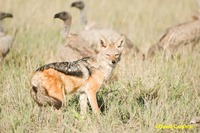 I’m just on my way back from a really fun and very productive photo safari to Botswana and Zimbabwe. Co-lead Dana Allen & I were joined by eight eager participants—some who had been to Africa with me before and some who had never been there. Everyone got amazing images and has plenty of sotries—we’ll be posting some of the images and relaying some of the stories in the coming weeks.
I’m just on my way back from a really fun and very productive photo safari to Botswana and Zimbabwe. Co-lead Dana Allen & I were joined by eight eager participants—some who had been to Africa with me before and some who had never been there. Everyone got amazing images and has plenty of sotries—we’ll be posting some of the images and relaying some of the stories in the coming weeks.
One of the most important tips that Dana and I stressed repeatedly during the trip is the importance of being prepared. Wildlife action can unfold very quickly and dramatically and be gone just as fast. Having your camera ready, set up so you don’t need to fiddle with it and the lens cap off can make all the difference.
As an excellent example when we were driving up to an apparent Wildebeest kill in the Kalahari we saw it surrounded by Vultures. Not the most exciting subjects, but through the cloud of feathers and beaks the fur of a Black-backed Jackal was just barely visible.
As the truck slowed the Jackals began to scatter and we could see the Jackal snarling at the Jackals just briefly and then ‘posing’ alone next to the kill, temporarily the sole possessor of the prize. Within seconds though the Jackal disappeared from view behind the carcass and then the Vultures started to close back in.
By being ready to shoot as the truck slowed with my Nikon D700 and 200-400mm lens resting on the truck frame in front of me—and with the miracle of Vibration Reduction (VR, also known as Image Stabilization or IS) being able to shoot even before the truck stopped I was able to capture this sequence of images, from the initial sighting through the brief story of the Jackal’s challenge in fending off the Vultures long enough to feed.
So the next time you wonder how a special moment at the peak of action was captured you can probably bet that the photographer was prepared!
- Log in to post comments

